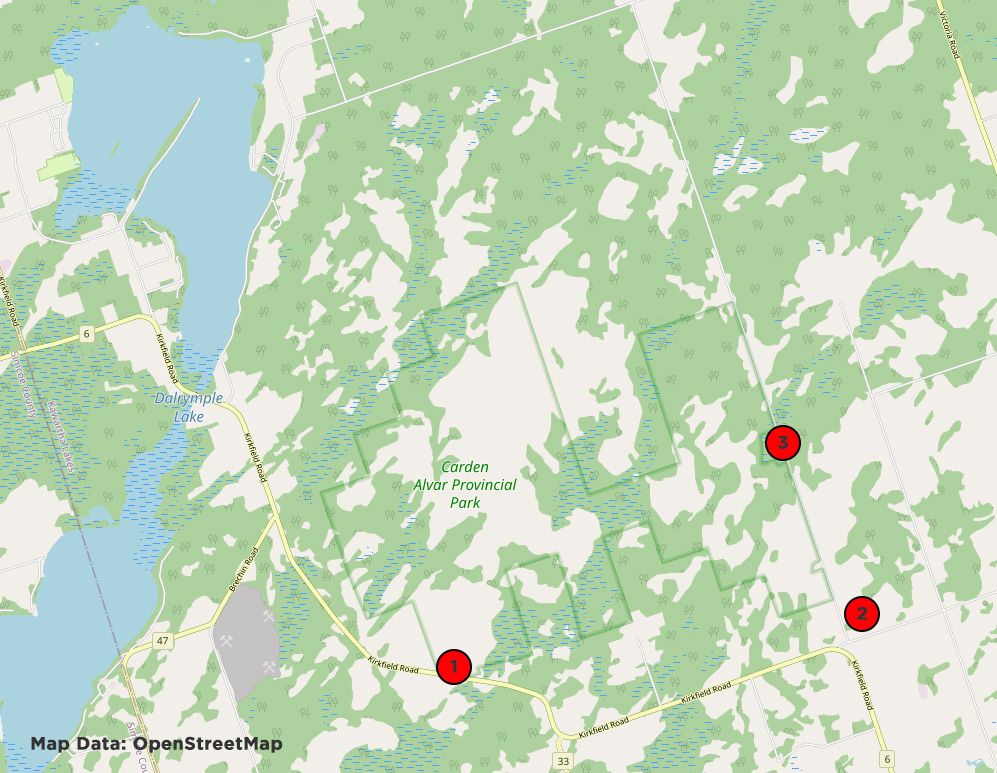Guide To Birding
Carden Alvar
Why Visit?
Carden Alvar is a fairly unique place that we make sure to visit every year. The limestone plain, dotted with wildflowers, open grassland and scattered trees make this a prime habitat for some prized bird species. From the aerial displays of the critically endangered Loggerhead Shrike, the babble of the Bobolink and the haunting call of the Upland Sandpiper. There’s also a diverse range of prairie wildflowers and the plentiful range of insects that they attract.
Best visited by vehicle, between May – June.
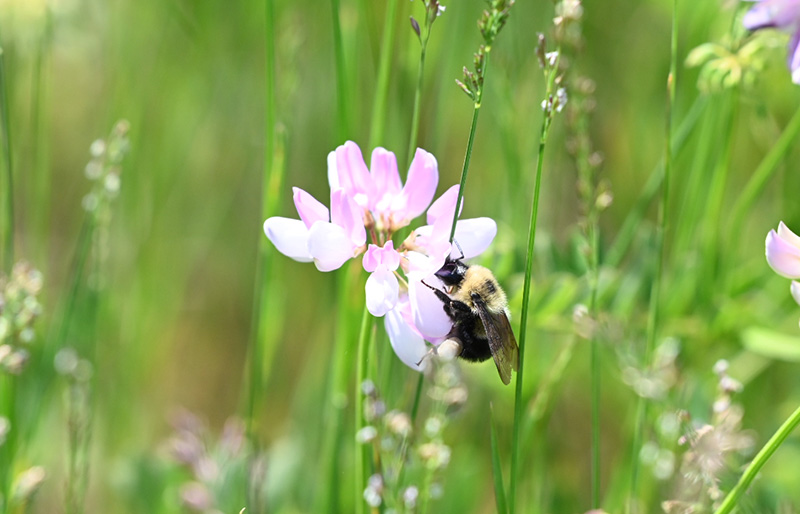
Cameron Ranch Walking Trail
Park in the small lot from Kirkfield Road indicated on the map at (1). There is a trail beginning over a boardwalk that allows you close access to the prairie habitat and is your best opportunity for great views of some of the wildflowers of this habitat, and the butterflies and other insects that they attract. Expect to see Prairie Smoke, Indian Paintbrush, Orange Hawkweed, Red Columbine and more.
The trail traces a fence line, and shrubs and trees provide provide perching locations for sparrow species like Song, Savannah, Clay-coloured, Vesper and Grasshopper. Look out for Wilson’s Snipe performing their aerial courtship display in the open skies around you, and if you’re lucky, maybe a Loggerhead Shrike?
We’ve followed this trail until it drops down and turns into a wooded area before we turned back – most of the action takes place in the first 1km, through the prairie.
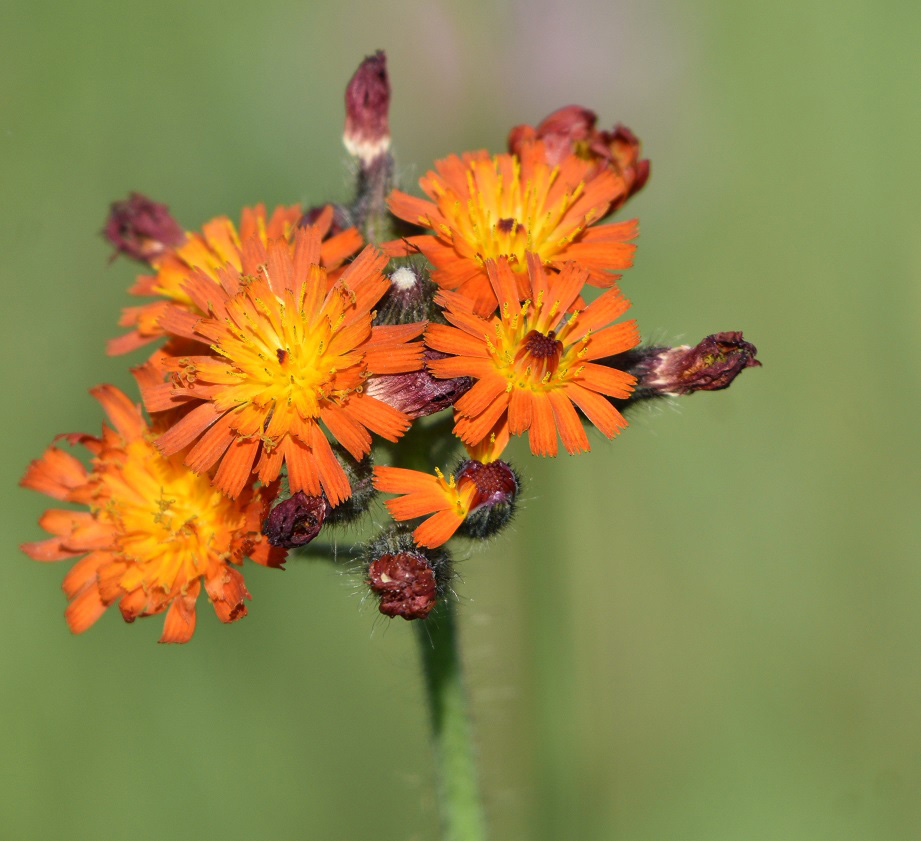
Wylie and Shrike Roads
Drive your vehicle along Wylie Road, a gravel road that cuts through Carden Alvar Provincial Park and offers excellent views across the grassland prairie habitat. If you’re lucky, you might spot species perched on fence posts or wires, including Eastern Bluebirds, Wilson’s Snipe, Upland Sandpiper, or Eastern Meadowlark.
At the southern end of the road is a parking area signposted as Bluebird Ranch, where you can stop and take in the many bird calls that fill the air. A couple of kilometres farther north, there’s a bird hide with a few parking spaces at the roadside. From here, you may see birds moving over the prairie, and it’s worth watching for Tree Swallows around the nest boxes along this stretch. There is a walking trail here, but it is private property and requires a permit. Don’t worry. Wylie Road already offers excellent birding.
After less than 3 km, you’ll reach the Sedge Wren Marsh Trail (see below). From this point, the road continues through marsh habitat. Look out for Marsh Wren, Northern Harrier, Virginia Rail, Sora, and various heron species. Bird activity tends to slow beyond the marsh, and a 4×4 vehicle may be needed to proceed farther. Wylie Road conditions can vary; After poor weather, it can become impassable.
Shrike Road runs parallel to Wylie Road. Although it lies outside the boundaries of the provincial park, it can offer additional opportunities for grassland birds north of McNamee Road and marsh species to the south.
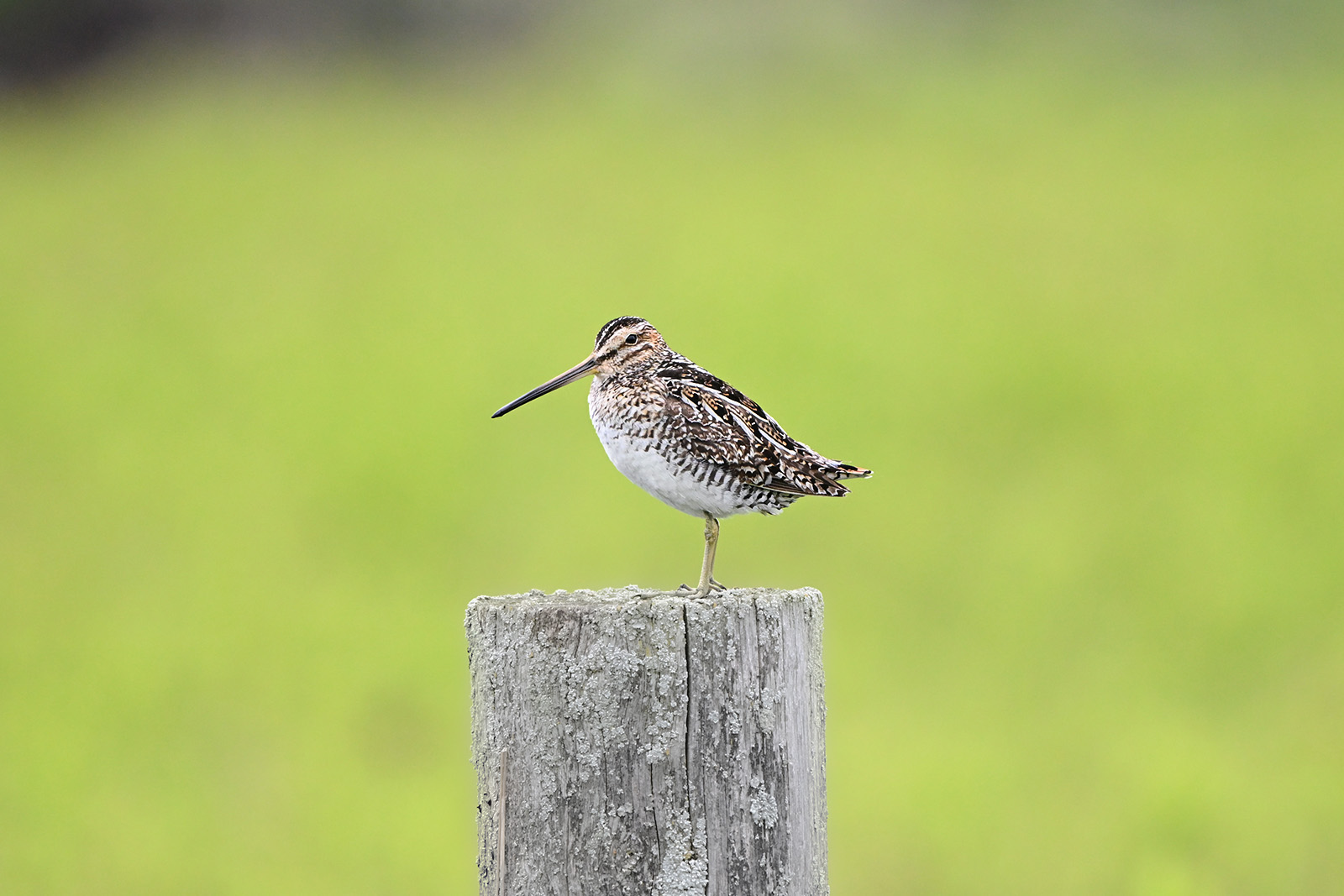
Sedge Wren Marsh Trail
Around 3km north on Wylie Road, look to the right-hand-side for this trail, with room for a few cars to park. There is more opportunity for butterflies, moths and other insects along this trail not to mention the Sedge Wren.
Join The Hide here or log in to gain access.
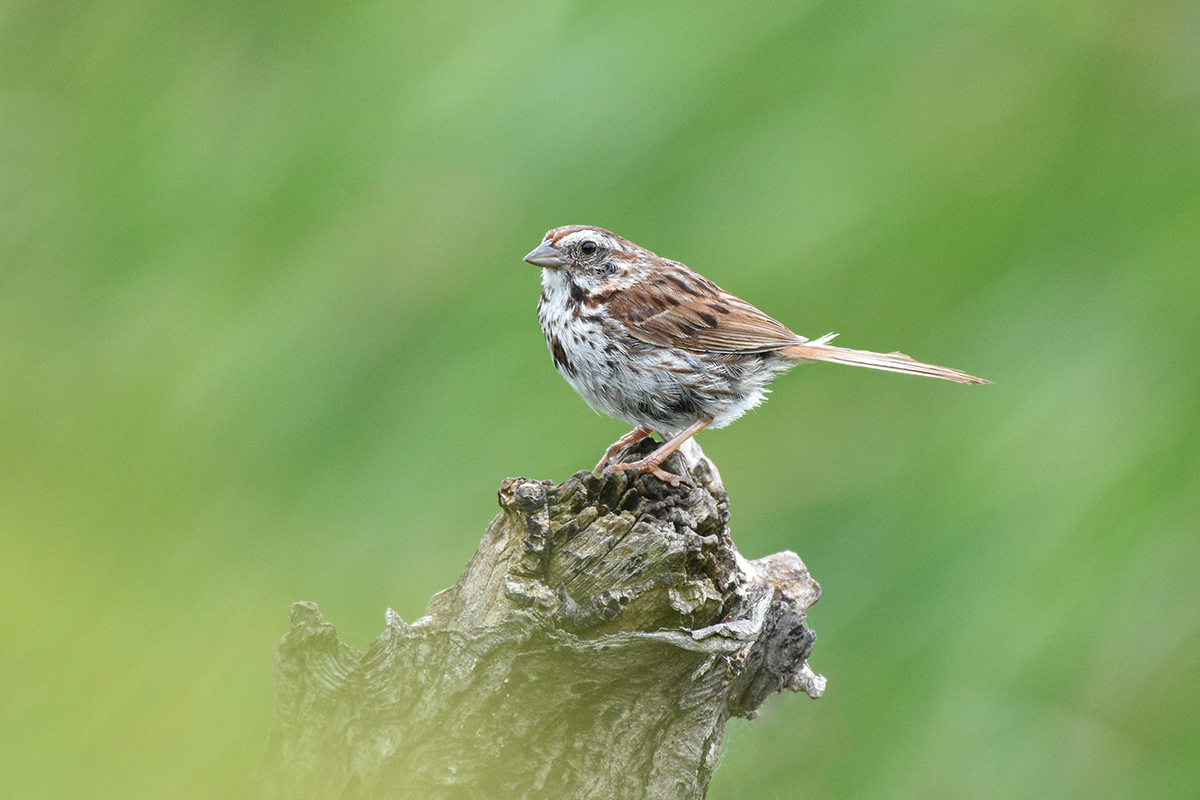
What Highlight Species Can I Find At Carden Alvar?
Below is a non-exhaustive but highlight list of species
Join The Hide here or log in to gain access.
Summary
Carden Alvar is one of those places that’s easy to return to. Whether you’re chasing a rare shrike, listening to the spring chorus, or just enjoying the wide open landscape, it’s a spot that offers something different every time. Quiet, scenic, and full of life – it’s well worth the trip.
Mobile service is limited at Carden Alvar. You may wish to take notes from this page or save it to your device before you visit.
We hope that you found this guide useful, we’ll add more of them in the future. Feel free to contact us via the About BritHikesOntario page if you have any questions.
